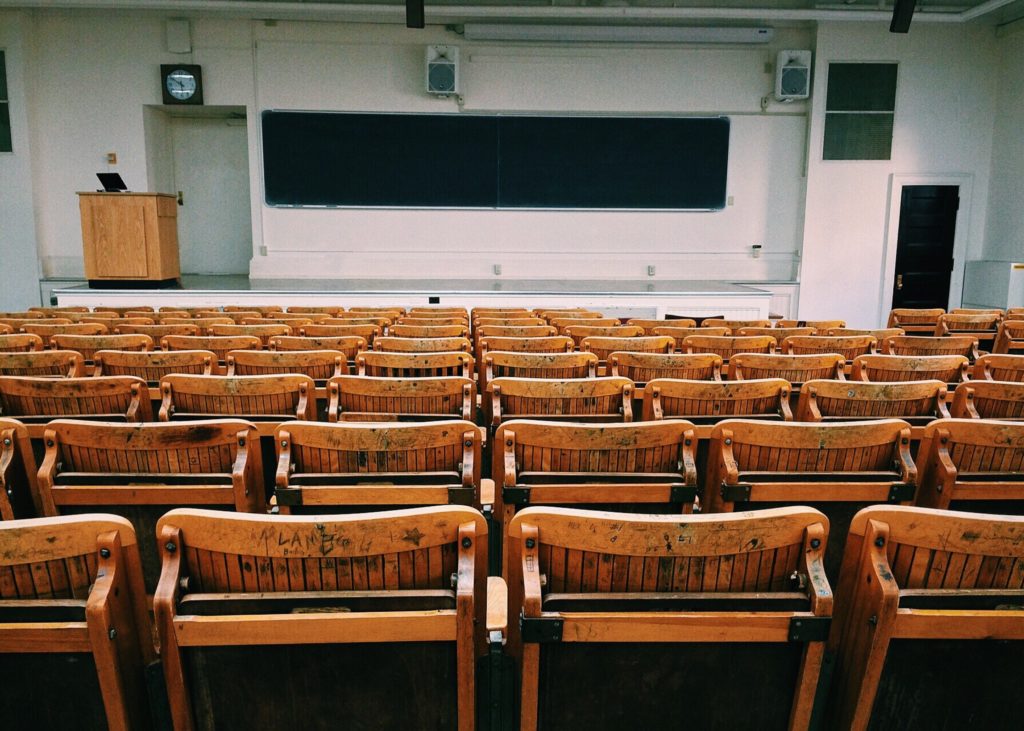
In uncertain times, it is unsurprising that evoking the idea of ‘normal’ provides a source of comfort. ‘Normal’ implies a predictability and coherence that many of us crave. Both a return to the ‘old’ normal and a re-imagining of a ‘new’ normal are presented as potential reassurances of a more familiar and comprehensible future. It seems that the word ‘normal’ is more present in our communications than ever before. However, our craving for normality is not without issues.
I want to explore my own discomfort with the idolisation of normality, from the perspective of education. The school closure experiences and insights of children and young people who attract the term ‘special educational needs and/or disabilities’ (SEND) can offer some insight into our relationship with ideas about ‘normal’.
The very fact that the term ‘SEND’ includes the word ‘special’ indicates an interesting relationship with normality. For example, disabled advocates have long campaigned for the use of remote meetings as a way to make education, workplaces, and social opportunities more accessible. Their need for these provisions has been deemed special, and thus extra or other.
In our present situation, the use of remote meetings has become normal, and large numbers of people are educated, carry out their paid work, and engage in social activity online. Substantial efforts are made to ensure that all of this is possible. The change in the status of remote education – from special to normal – highlights significant issues in the way that we can equitably approach education, and the problematic nature of our yearning for normality.
If we consider Lennard Davis’ (2010) analysis of the construction of normalcy, which appears in history shortly after industrialisation and follows a eugenicist path, we see that ‘normal’ can be thought of as the idealisation of the statistically average, a notion tied closely to efficiency and economy. These statistical averages allow us to universally orient our practices toward the productivity of the statistically average human, and to measure ourselves in terms of deviations from that ‘ideal’. Our practices, then, might be considered to be a good fit for the extremely few people who fit in precisely the middle of all given measures. When we organise ourselves according to the average, variations are applied as extra or other.
The current yearning for normality provides an opportunity for the further idealisation of the normal. As schools reopen, will those practices which have become normal become special once again? I wonder what other barriers we could overcome if we were to deem difference as normal rather than special? If we orient ourselves toward a new version of normal that is accommodating only toward the average, are we reconstituting the same old disadvantages?
Michelle Dunne is a Graduate Teaching Assistant in the Faculty of Education at Edge Hill University.
Reference:
Davis, L. J. (2010) ‘Constructing Normalcy: The Bell Curve, the Novel, and the Invention of the Disabled Body in the Nineteenth Century’, in Davis, L. J. (ed.) The Disability Studies Reader. New York: Routledge, pp. 3–16.
